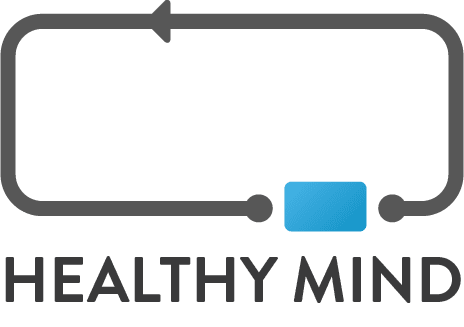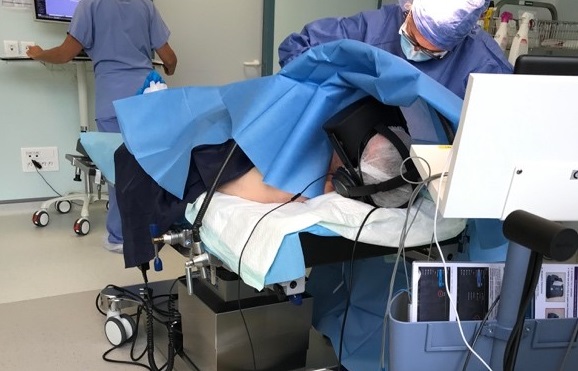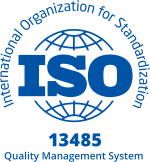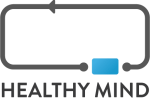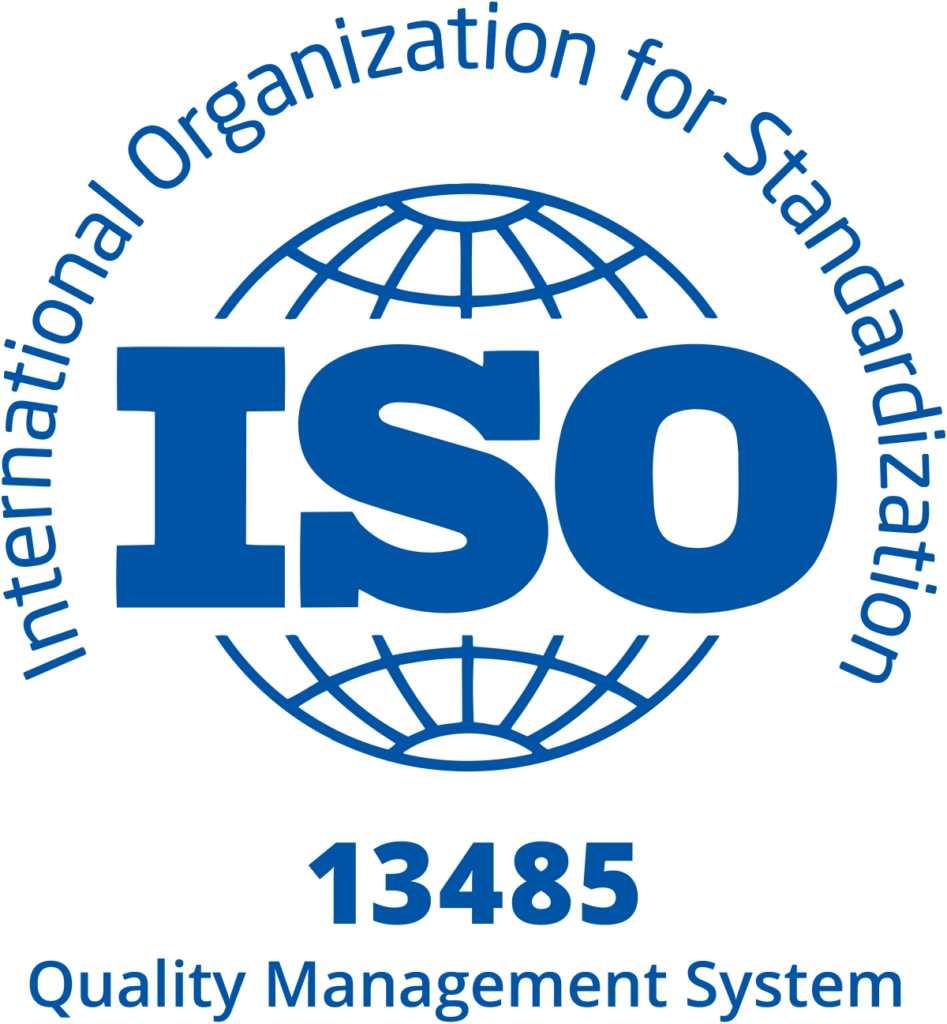According to the French Ministry of Labour, Health and Solidarity, cardiovascular or cardio-neurovascular diseases are the leading cause of death worldwide and the second leading cause of death in France, after cancer. Thanks to prevention and therapeutic advances, these figures have been decreasing for four decades. Nevertheless, they remain one of the main reasons for healthcare consumption for 15 million people treated for illness, cardiovascular risk or diabetes. Faced with this public health challenge, therapeutic virtual reality offers an ergonomic solution to reduce the intake of anxiolytics and analgesics. How does the VR headset fit into cardiac care? After an overview of the uses of virtual reality in cardiology, you’ll discover the full value of this support in the department and the benefits of the Healthy Mind device.
What cardiac procedures can be carried out using a VR headset?
Among the most common cardiology procedures are electrophysiological explorations, interventional treatments and the placement of rhythm prostheses. However, these procedures are generally carried out under conscious sedation, using opioids or benzodiazepines. The prospect of witnessing the interventions often generates anxiety and discomfort in patients, hence the need for medication support.
In addition, the patient profile requires increased monitoring in these aspects. Indeed, depression and anxiety are among the physiological factors associated with the development of cardiovascular disease, as demonstrated by the study Immersive Virtual Reality Therapy As a Support for Cardiac Rehabilitation: A Pilot Randomized-Controlled Trial by Szczepańska-Gieracha J et al.
Patients’ well-being throughout the course of treatment influences outcomes and recovery, both psychological and physiological. The value of a non-pharmacological solution therefore quickly becomes apparent. In this context, hypnosis has proved its analgesic effectiveness in a number of procedures:
- percutaneous ablation of arrhythmia;
- subcutaneous defibrillator implantation;
- ablation of atrial fibrillation;
- flutter ablation.
The Healthy Mind solution relies on hypnosis and other therapeutic techniques to deepen the relief experienced during procedures. As a result, therapeutic virtual reality offers a non-pharmacological alternative in managing the pain and anxiety related to various cardiac procedures:
- transesophageal echocardiography;
- tilt test;
- stress echocardiography;
- coronary angiography;
- pacemaker placement;
- cardiac catheterisation;
- angioplasty;
- atrial fibrillation;
- coronary artery bypass graft (CABG);
- implantable pacemaker;
- post-stroke;
- surgery for aortic stenosis and carotid stenosis;
- pulmonary vein isolation;
- painful electromyography (EMG).

What is the benefit of virtual reality support in the cardiology department?
1. Relieving patients’ pre-operative anxiety
While anxiety is a normal and healthy reaction to a threat, prolonged exposure significantly harms health. The French Federation of Cardiology (FFC) explains:
“As cardiologists, we are concerned about stress. It can cause direct cardiovascular accidents. And also, through its impact on our lifestyle, it indirectly strengthens other risk factors such as insomnia, smoking, poor diet, a sedentary lifestyle and weight gain.”
In the context of cardiac surgery, the patient’s exposure to stress has consequences for post-operative management and recovery. Among the FFC’s recommandations for reducing anxiety is cardiac coherence, a practice integrated into Healthy Mind’s immersive experiences alongside hypnosis.
Virtual reality transforms the anxiety-inducing perception of the hospital environment and the anxiety it can sometimes generate. Instead of focusing on the ongoing or upcoming intervention and the noises of the medical devices, patients discover a soothing universe designed to recharge their batteries and help them escape. In this sense, VR serves as an effective non-medicinal alternative for calming worries and transporting patients into a relaxing setting.
2. Easing pain during interventional cardiology procedures
Therapeutic virtual reality deploys an analgesic effect based on the technique of attention diversion. Through multisensory stimulation, patients focus on their positive experience rather than their painful sensations.
Studies by Hoffman et al. provide physiological evidence of this phenomenon using functional MRI. The results show a decrease in brain activity in the areas involved in processing nociceptive stimuli.
During less invasive procedures such as angioplasty or stent placement, VR helps patients focus their attention elsewhere, thereby limiting their perception of pain.
While hypnosis in the hospital setting has similar effects, its use in virtual reality facilitates suggestion for patients who struggle with imagination. This non-pharmacological approach is particularly beneficial in reducing medication-related side-effects.
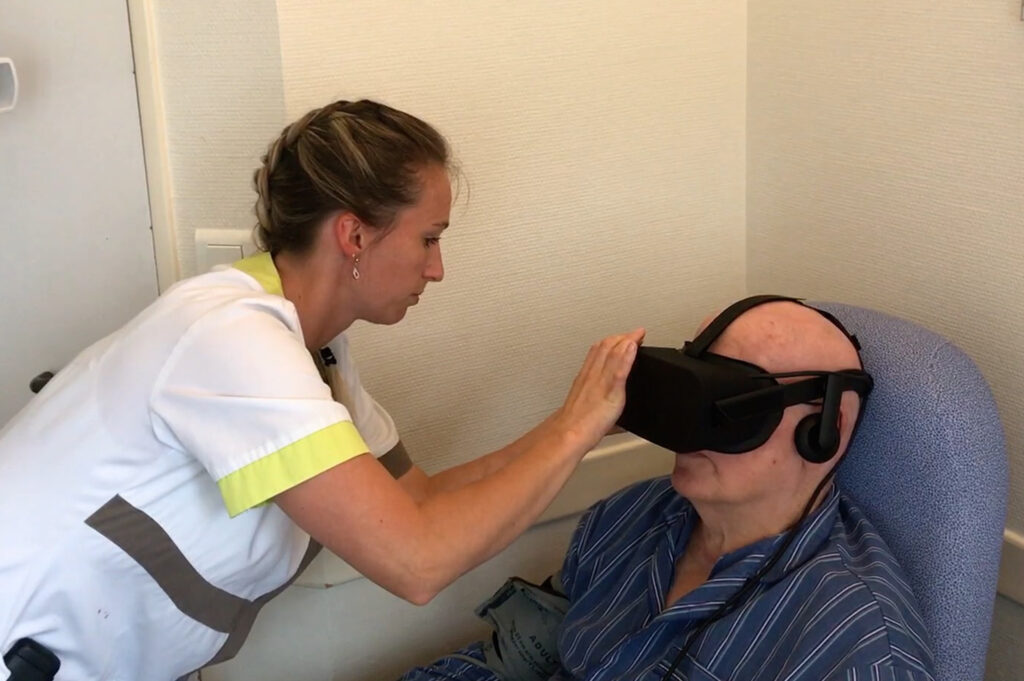
3. Supporting healthcare providers
Anxiety and pain not only affect the patients’ experience but also the medical staff managing cardiac care. Using VR to alleviate anxiety and pain reduces the need for sedation and medication, simplifying post-operative monitoring and management.
Thanks to this support, caregivers can concentrate on the technical and human aspects of care without being distracted by managing drug side effects or the movements caused by patient discomfort.
By gaining in serenity and ease, the patient reaches a state that facilitates the medical act and the work of medical teams. In short, VR helps to improve the efficiency of care while reducing the stress of carers, creating a calmer and more productive work environment.
Virtual reality in cardiology: the benefits of the Healthy Mind device
A deep breathing exercise designed for cardiology patients
The Healthy Mind solution has been designed to dissipate pain and promote relaxation. Our immersions rely on several therapeutic processes to achieve this result, including deep breathing. To ensure recovery after an operation, the thoracic and vascular surgery department at Montpellier University Hospital recommends several repetitions of breathing exercises.
With this in mind, we developed, in collaboration with UMC Amsterdam, a protocol with a customisable interface for patients who have undergone heart surgery. With adjustable data, you can modify the duration of inhalation, breath-holding and exhalation. Each phase lasts 4 seconds by default. Next, you choose the number of exercises that make up your session. You define the moment when the sequence starts, then check the progress from your space.
The use of virtual reality software offers a fun way to follow hospital recommendations. The device can be easily integrated into the patient’s care process and allows the patient to maintain autonomy. Although it was originally created for cardiology patients, this method has now been extended to other applications of virtual reality in healthcare.
The benefits of virtual reality during implantation of cardiac devices: a closer look at our clinical study
As well as having an impact on patients’ experiences, perioperative pain and anxiety are associated with a higher risk of complications and longer recovery times. Among cardiac interventions, pacemaker implantation can be a particularly painful and anxiety-provoking procedure.
Jersey General Hospital conducted a pilot study to assess the effects of perioperative virtual reality on patients undergoing this intervention. Twenty participants were selected to be eligible, with an average age of 81.5 years.
The control group received standard care: local anaesthetic (1% lidocaine) at the site where at the pacemaker implantation site and intravenous midazolam at the operator’s discretion. The intervention group benefited from an immersive guided meditation with the Healthy Mind therapeutic virtual reality device during the procedure, in addition to the usual care. The results were surprising:
– 39% less pain;
– 14% reduction in the consumption of anxiolytics.
This study confirms the relevance of virtual reality in cardiology to sustainably soothe patients and reduce medication intake.
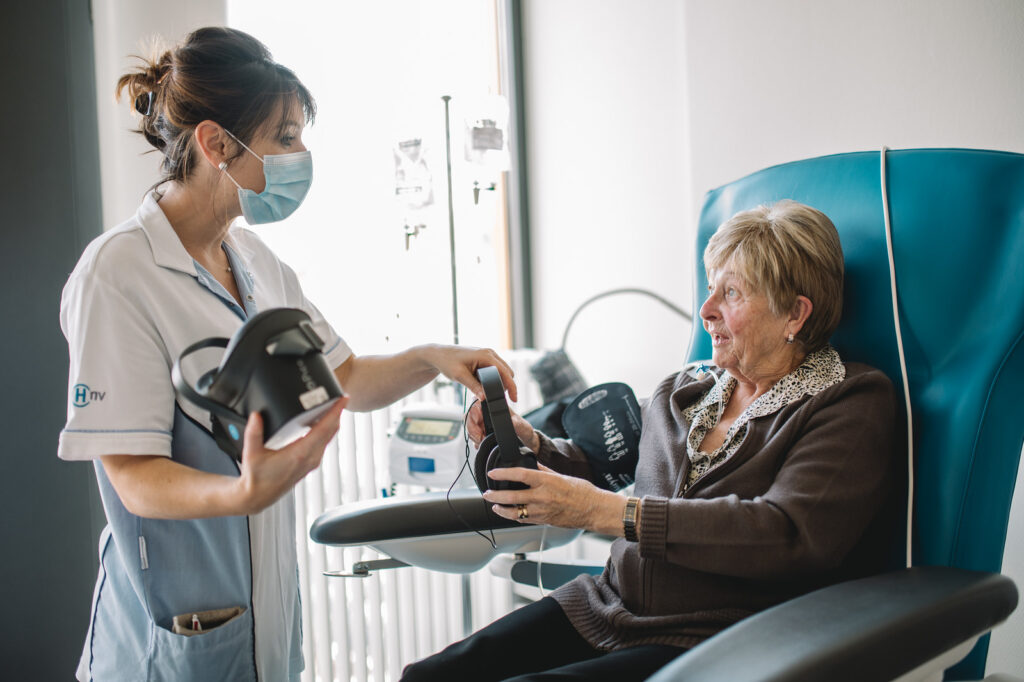
A suitable solution for cardiac patients during other interventions
The use of virtual reality headsets is not limited to interventions in the cardiology department; it also extends to patients with heart conditions during other procedures. As we have seen, anxiety is one of the physiological factors influencing the quality of care and recovery. Immersions allow patients to undergo their treatment more serenely, thus reducing the risk of complications.
A doctor at the Bicetre hospital in Val-de-Marne, France, shares his experience with the use of the Healthy Mind device on patients with heart problems during a colonoscopy:
“Several patients with very severe cardio-pulmonary pathologies and major anaesthetic risks (e.g. primary pulmonary arterial hypertension), including some undergoing pre-transplant cardio-pulmonary assessment, underwent complete colonoscopies (including 2 with polypectomies) under light sedation (anaesthetic doses greatly reduced compared to the usual protocol) in comfortable conditions and with very high patient satisfaction.”
By integrating VR into various medical specialties, hospitals provide better comfort and reduce patient anxiety, while minimising the use of sedatives and analgesics.
Virtual reality in cardiology is not just a technological advance; it’s a genuine revolution in medical care. The Healthy Mind device transforms the patient experience by offering a non-pharmacological alternative for managing pain and anxiety before, during and after cardiac procedures. Beyond the benefits for users, VR in cardiology proves to be a valuable tool for healthcare providers, optimising clinical practices and enhancing the quality of care. If you would like to learn more about how our solution works, feel free to request a demonstration.
Sources :
- Barbero U, Ferraris F, Muro M, Budano C, Anselmino M, Gaita F. Hypnosis as an effective and inexpensive option to control pain in transcatheter ablation of cardiac arrhythmias: J Cardiovasc Med 2018;
- Scaglione M, Peyracchia M, Battaglia A, Di Donna P, Cerrato N, Lamanna A, et al.;
- Subcutaneous implantable cardioverter-defibrillator implantation assisted by hypnotic communication in a patient with Brugada syndrome. Hear Case Rep 2020;
- Scaglione M, Battaglia A, Di Donna P, Peyracchia M, Bolzan B, Mazzucchi P, et al. Hypnotic communication for periprocedural analgesia during transcatheter ablation of atrial fibrillation. IJC Heart Vasc 2019;
- Garcia R, Bouleti C, Li A, Frasca D, El Harrouchi S, Marechal J, et al. Hypnosis Versus Placebo During Atrial Flutter Ablation. JACC Clin Electrophysiol 2020;
- C. Brown, et al. Virtual reality – a new addition to the anxiolytic armamentarium during implantation of cardiac devices, European Journal of Arrhythmia & Electrophysiology, 2022.
